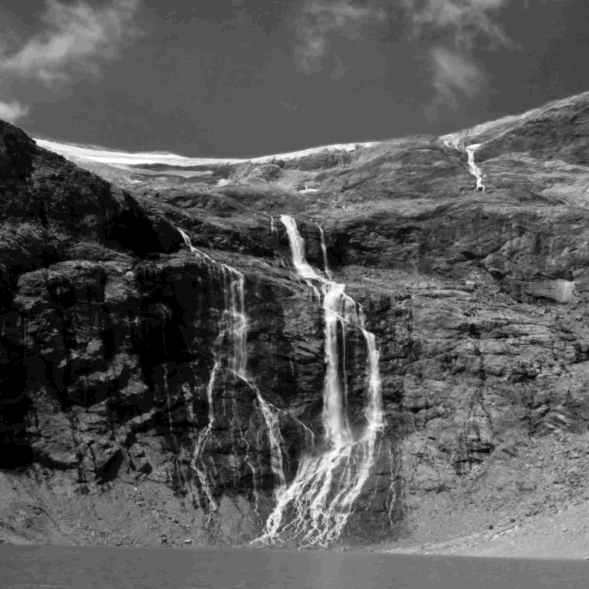The Source Principle
Organisations are an interplay of people. Positive dynamics emerge if everyone is connected to their inner Source and entirely claims their field. Looking with this clarity behind the boxes of an organisational chart will make it much more joyful to lead or to be led.
All which is alive consistently defies categorisation. Happiness, love, and success can never be captured through words or deeds. It is with this essential attitude that I approach this systemic view on organisation, leadership and collaboration developed by Peter König. Life is not about concepts but all about what works for you to bring more ease to your everyday experience.
Source: the beginning of everything
 Those who start an organisation or a relationship are the Source of that system. They overlook the whole area, receive all the relevant information for its design and know the next step. Yes, there is only one Source. This does not mean that it is omniscient and omnipotent. It gets the required clarity only through exchange with helpers and other sub-sources in its field. With their support, the Source attains its set goals.
Those who start an organisation or a relationship are the Source of that system. They overlook the whole area, receive all the relevant information for its design and know the next step. Yes, there is only one Source. This does not mean that it is omniscient and omnipotent. It gets the required clarity only through exchange with helpers and other sub-sources in its field. With their support, the Source attains its set goals.
The idea of one single Source provokes two contradicting projections: sources can be emphasised or marginalised.
Emphasising results in a lone puppet master at the top of a pyramid. Maybe some leaders even see themselves in this position – and all the others watch the master squirm on his throne of hot coals.
The Source Principle is marginalised when everyone stands in a circle and claims to have the same access to fundamental information. «Bosses unwanted» – yet still, all orient themselves towards a leading figure – who often prefers to be hidden too, maybe using a hip but unclear job title on the business card.
These polarities interlink where Source and sub-source are understood as servants of their respective fields. The primary Source is nothing on its own – it depends on sub-sources who rely on overall orientation and directions. They, in turn, grant to the further level of sub-sources they depend on.
In this context, to lead is to serve with clarity.
The tasks of Source and sub-source
 Source and sub-source carry the same responsibility – in their respective field. They receive information relevant only to their own territory. Connected to their source power, they set the direction, create clarity, grant and take space.
Source and sub-source carry the same responsibility – in their respective field. They receive information relevant only to their own territory. Connected to their source power, they set the direction, create clarity, grant and take space.
As a carrier of the whole field, Source is responsible for
- the alignment with its original need and vision
- deciding on the next steps for the entire field
- deciding on the expansion or reduction of this field
- the choice of sub-sources that are directly connected with it
- delegating the responsibility for the according to source fields
The sub-source accounts for
- the alignment of its respective area with the primary Source’s needs and vision
- the decision on the next steps within this area
- impulses regarding changes in this field
- the choice of further sub-sources therein
- delegating the full responsibility for the assigned sub-spaces
A sub-source can only change its field in agreement with the Source positioned one level above: the latter knows how reduction or expansion affects the whole system and what changes this will bring.
Sub-source before primary Source
The Source Principlisas a dynamic hierarchy, as its delegation is total. In its assigned space, the sub-source stands above the primary Source. On a practical level,l this means that the Corporate Communications Officer stands above the CEO in all her decisions. The reason is that only she has all the information necessary for her decision on the next step. Source and sub-source are in a constant dynamic exchange to clarify the decisions to be taken within the assigned spaces.
The Source Principle hence demands fully empowered sub-sources – which entails that primary sources refrain from stepping back into delegated spaces. The great benefits, however, include getting rid of extra micromanagement, constant safety checks and unnecessary constraints in synchronising processes.
Clarity in business formation and succession
Are you a project’s Source? If you are in that power, the «Yes» comes immediately. Difficulties arise when several people start a project together. Or when the primary Source never really handed on its function.
When starting a business in a group, the conscious focus on a primary source may be lacking – and everybody will pretend that it is always the team which defines the next step. It i,s however,r clear to everyone who receives the essential informatio, and who is the actual top dog.
Successions work out when the power of Source is passed on. This requires the predecessors to let go, not just formally through a sale or exit. They must free their source access for their successors. The successors are then responsible for fully taking over power and responsibility. It is not unusual for both sides to be comfortable with «half a succession», one side hanging on to some source of power, the other shying away from full accountability.
Give and take total space
The challenge I often face as a coach and counsellor is stepping into one’s full power as a source or sub-source. This has to do with the inner attitudes of all people in the system.
Collaboration is successful when all sources claim and get their respective spaces.
It is often the case that source space is not fully given nor claimed. In this reality, nobody wants to lead or to be led, yet everybody feels dissatisfaction. It is easier to escape than to create and withstand clarity.
The beauty is that self-healing is inescapable. Frictions, difficulties and failures lead to the integration of new skills. We never quite finish learning.
Five questions to you as a source
We are all Sources and sub-sources in many areas of our lives where we design projects, games, and interactions. Take something that currently burdens you. An area in which you have trouble orientating yourself. Focus on this project for a moment. Then, go through the following five questions. Answer them instinctively and swiftly. You can use your smartphone to record your answers as you let them emerge spontaneously. You may be astonished about yourself when you listen to them.
- Name a project in/of which you are the primary or sub-source.
- Name three aspects of this project that you are clear about.
- Name one aspect that is difficult for you.
- What would support your success?
- What could be your next elegant step?
Echo and learnings welcome. (mail@marcelbernet.ch)
© Graphics, image Marcel Bernet, Lake at Palu Glacier
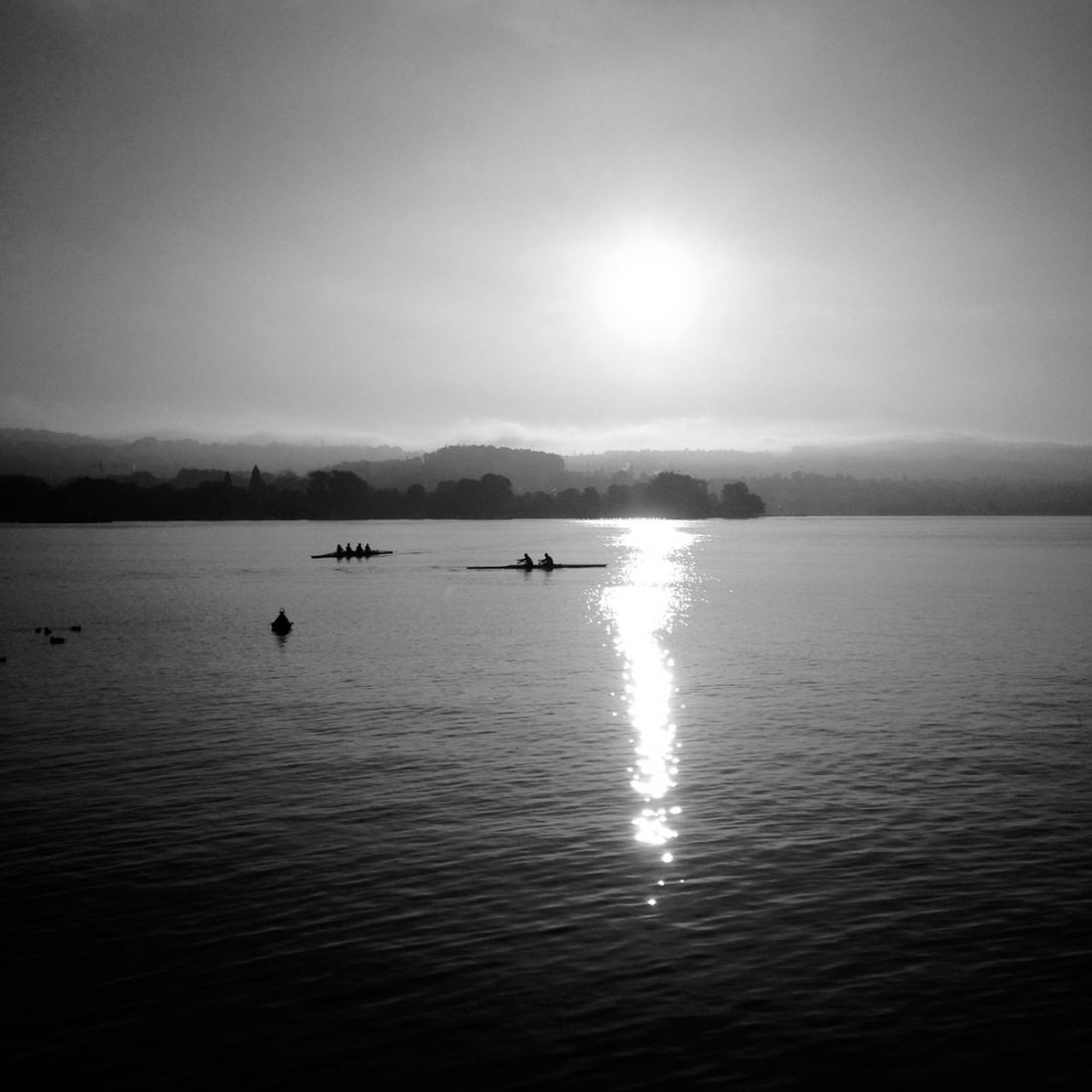
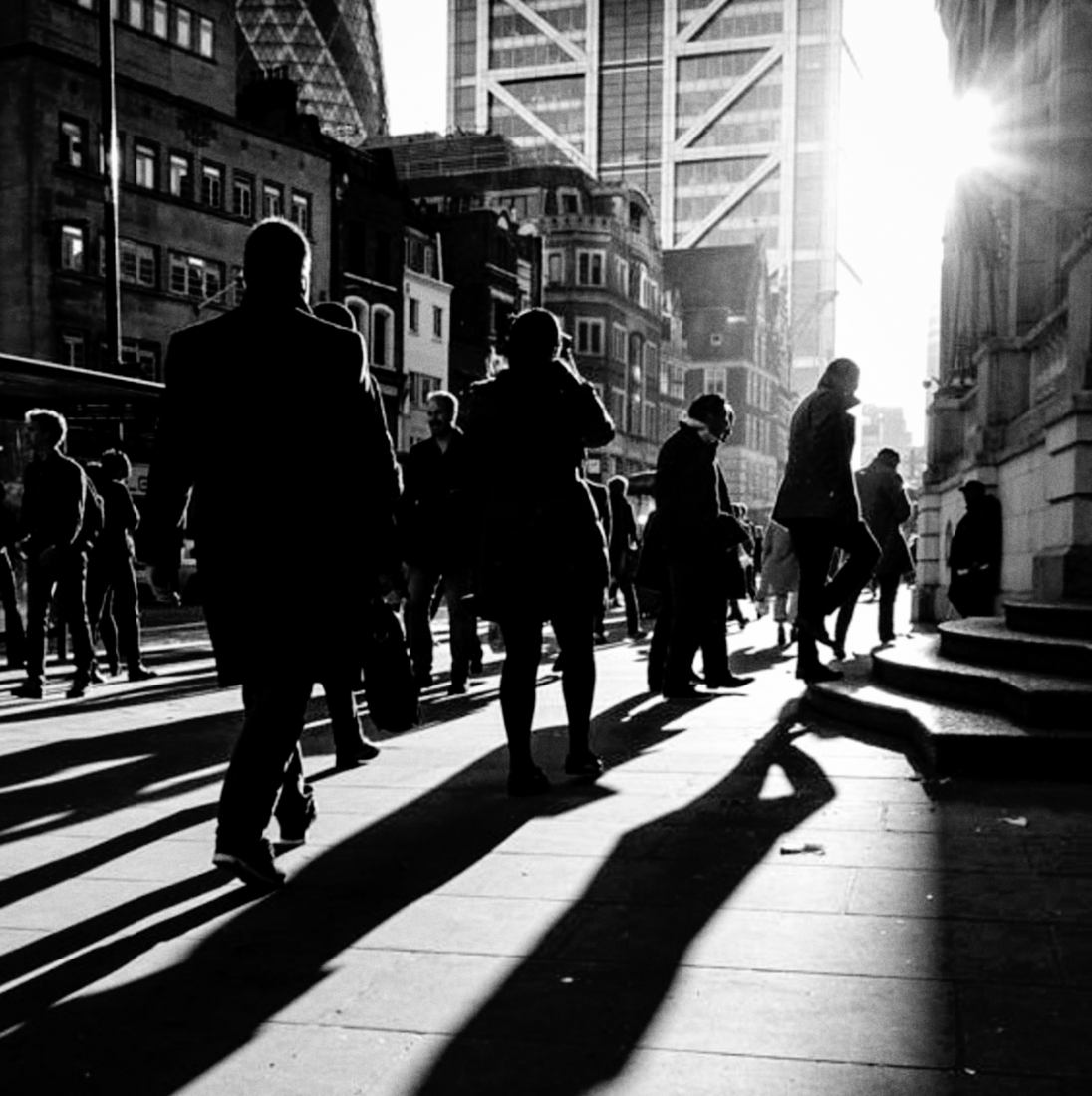
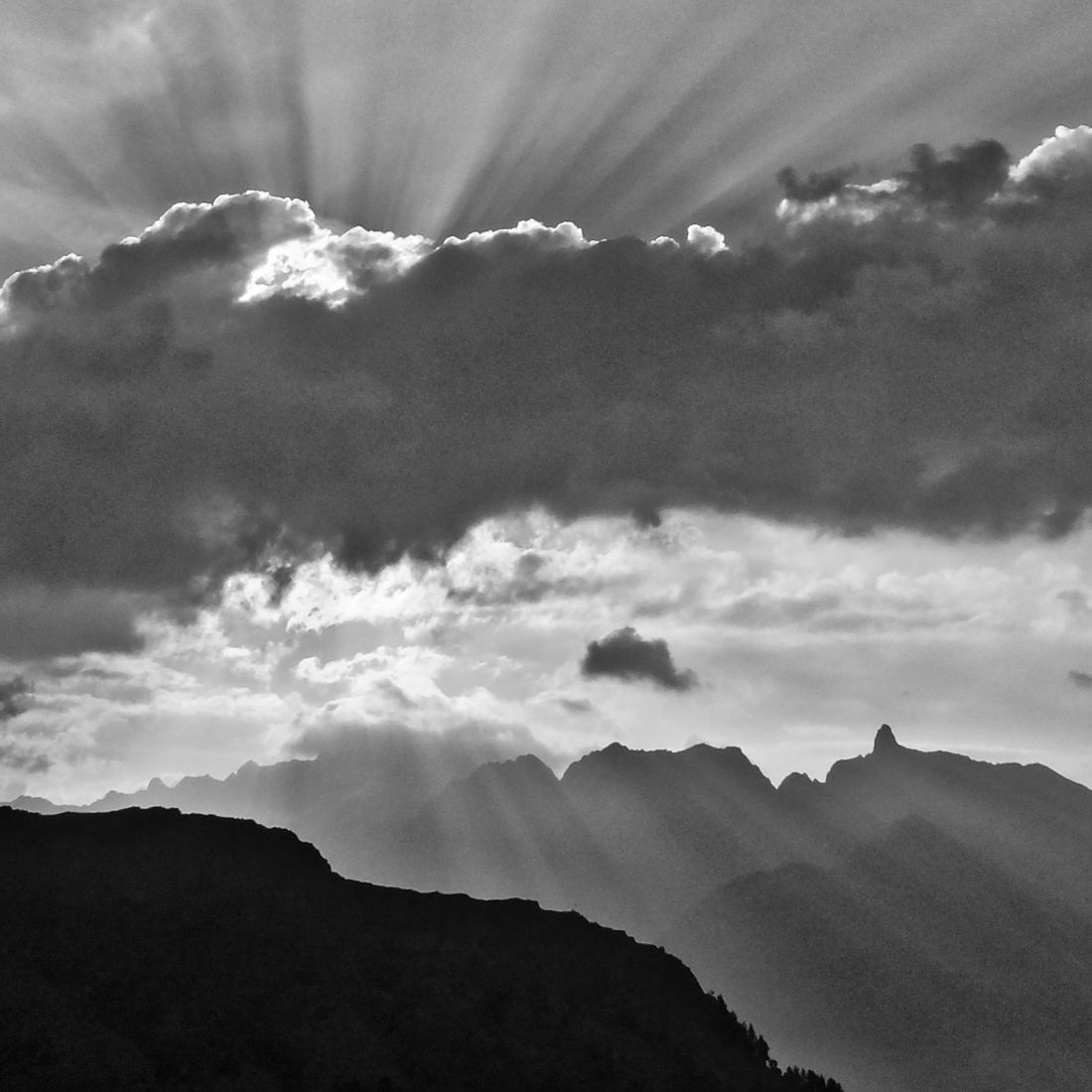
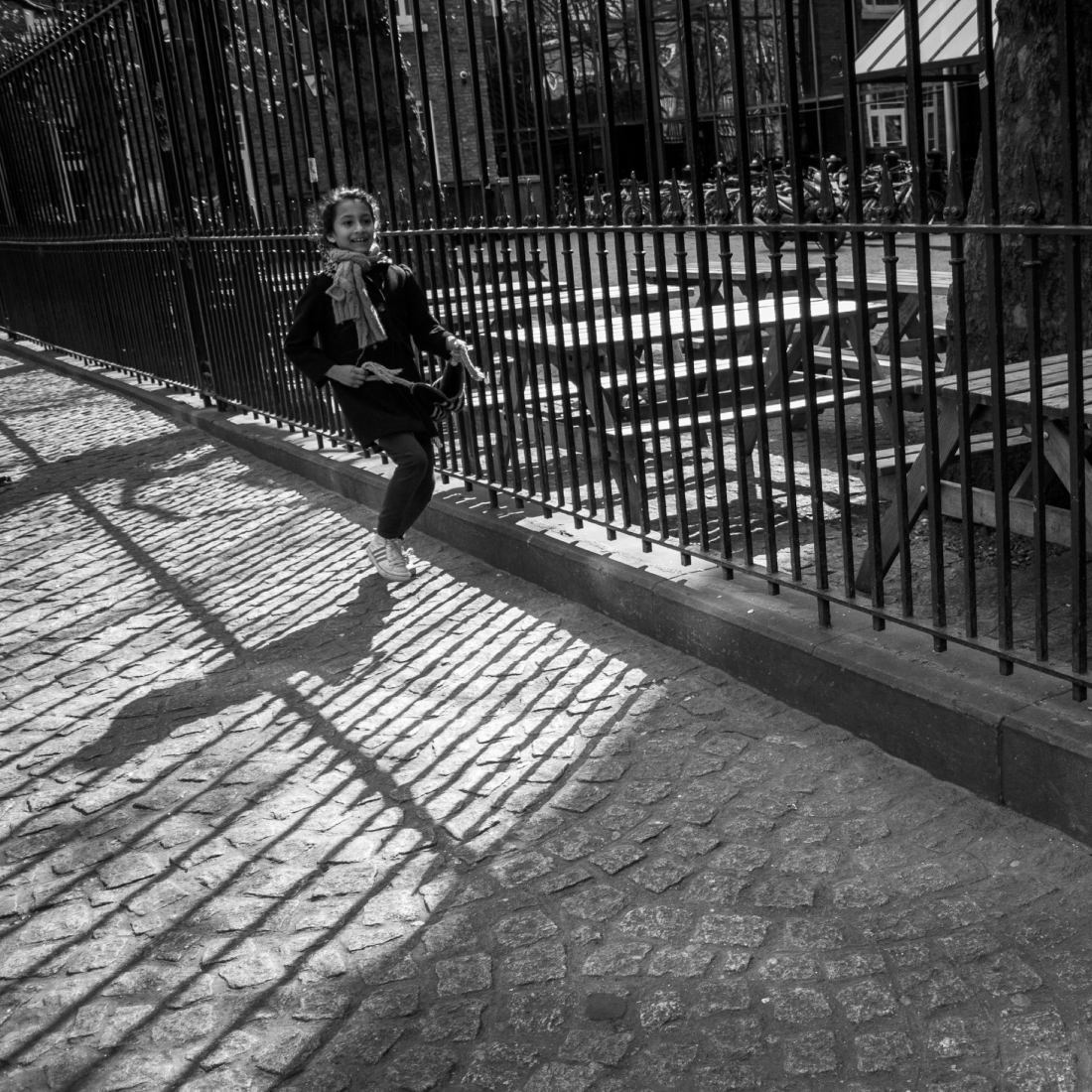
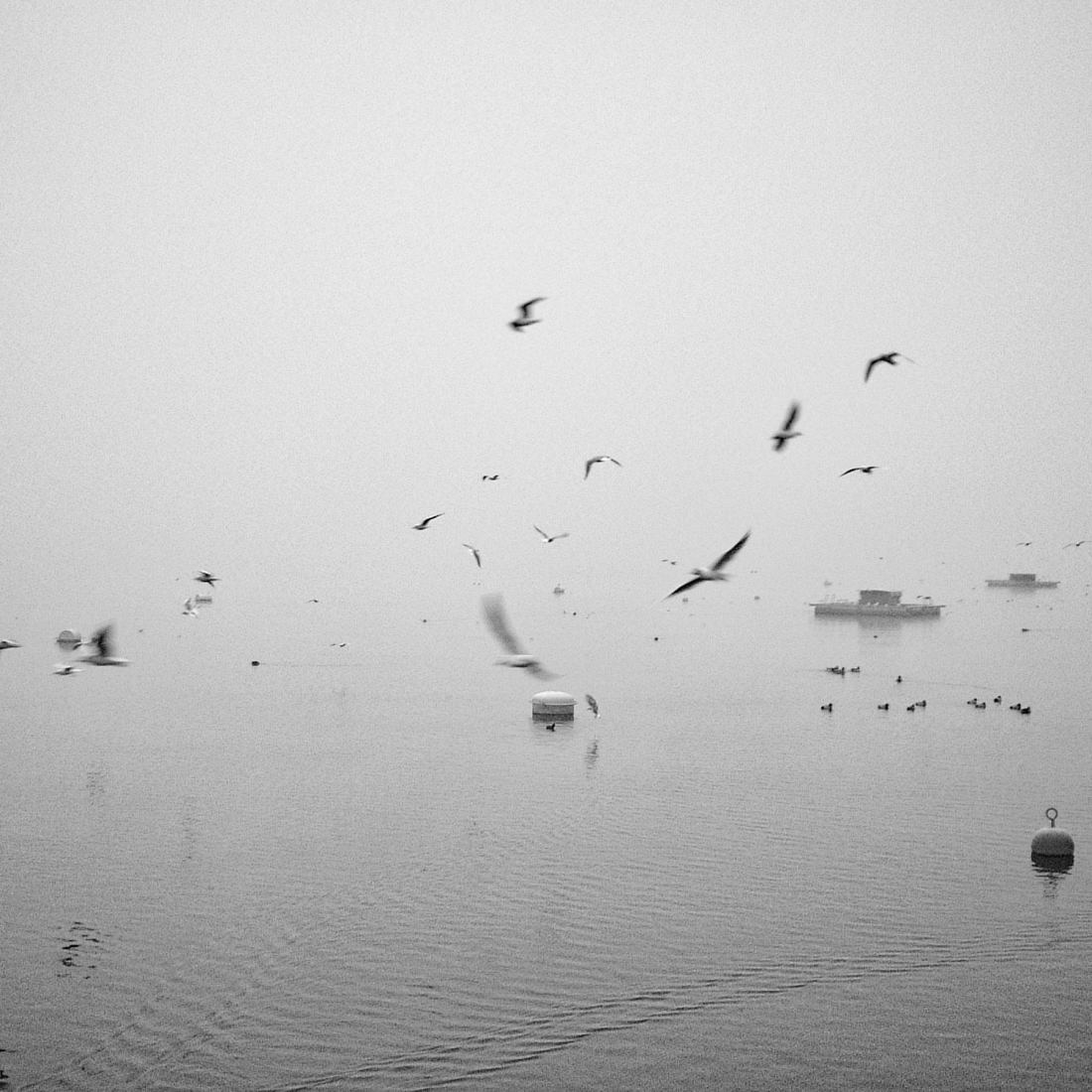
 Those who start an organisation or a relationship are the Source of that system. They overlook the whole area, receive all the relevant information for its design and know the next step. Yes, there is only one Source. This does not mean that it is omniscient and omnipotent. It gets the required clarity only through exchange with helpers and other sub-sources in its field. With their support, the Source attains its set goals.
Those who start an organisation or a relationship are the Source of that system. They overlook the whole area, receive all the relevant information for its design and know the next step. Yes, there is only one Source. This does not mean that it is omniscient and omnipotent. It gets the required clarity only through exchange with helpers and other sub-sources in its field. With their support, the Source attains its set goals. Source and sub-source carry the same responsibility – in their respective field. They receive information relevant only to their own territory. Connected to their source power, they set the direction, create clarity, grant and take space.
Source and sub-source carry the same responsibility – in their respective field. They receive information relevant only to their own territory. Connected to their source power, they set the direction, create clarity, grant and take space.